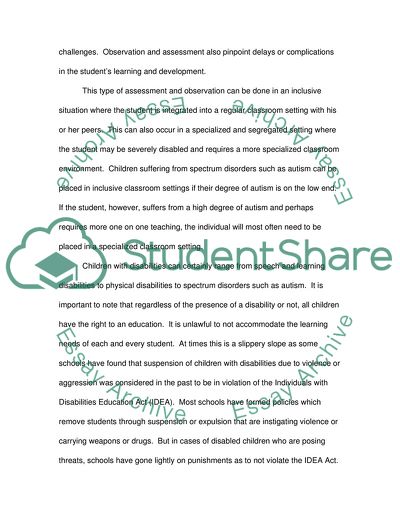Cite this document
(Disabilities Within an Educational Setting Essay - 1, n.d.)
Disabilities Within an Educational Setting Essay - 1. Retrieved from https://studentshare.org/social-science/1544662-disabilities-within-the-educational-setting
Disabilities Within an Educational Setting Essay - 1. Retrieved from https://studentshare.org/social-science/1544662-disabilities-within-the-educational-setting
(Disabilities Within an Educational Setting Essay - 1)
Disabilities Within an Educational Setting Essay - 1. https://studentshare.org/social-science/1544662-disabilities-within-the-educational-setting.
Disabilities Within an Educational Setting Essay - 1. https://studentshare.org/social-science/1544662-disabilities-within-the-educational-setting.
“Disabilities Within an Educational Setting Essay - 1”. https://studentshare.org/social-science/1544662-disabilities-within-the-educational-setting.


